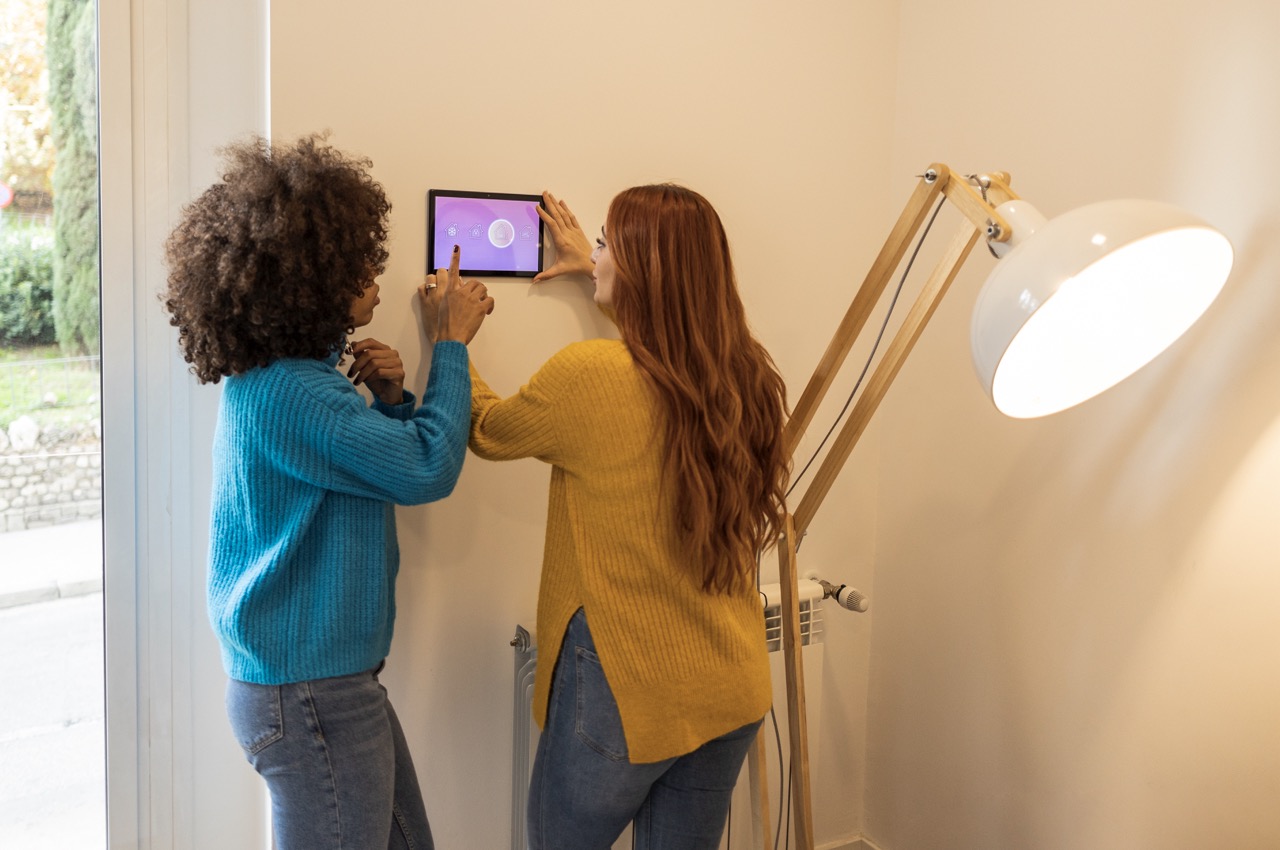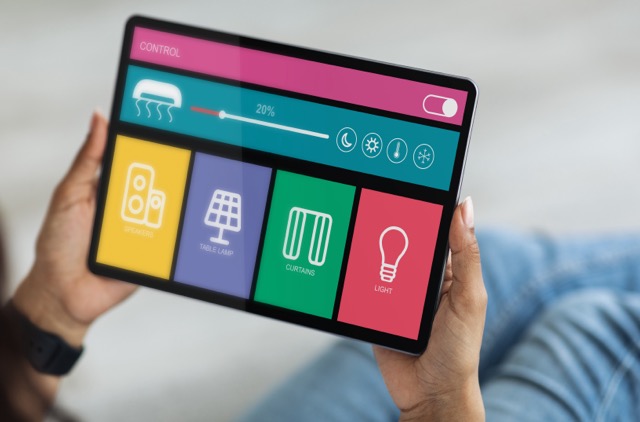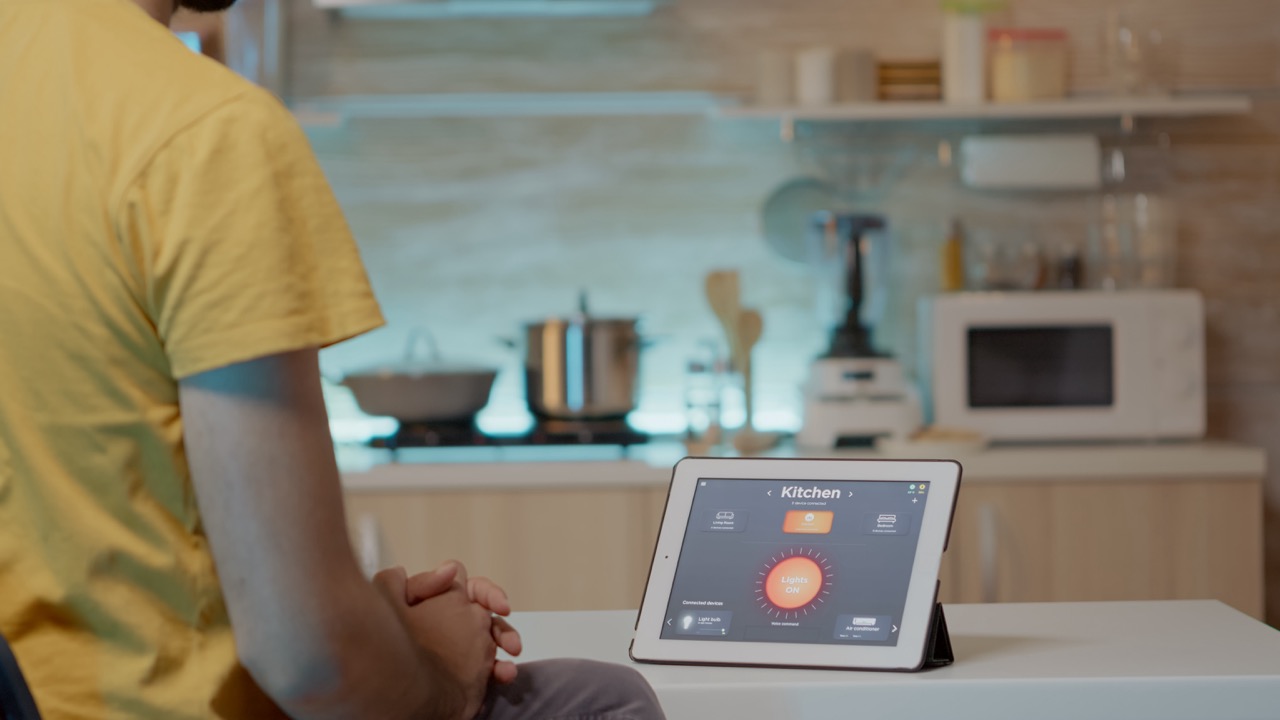In the rapidly evolving landscape of home entertainment, virtual assistants have emerged as pivotal players. With the ability to seamlessly integrate with smart entertainment devices, these assistants are redefining the way we interact with our media environments. From streaming your favorite series to adjusting the volume on your smart speakers, virtual assistants offer a level of convenience and sophistication that traditional methods struggle to match. This article dives into the transformative role of virtual assistants in controlling smart entertainment devices, evaluating their benefits, addressing potential concerns, and forecasting their future impact on our home entertainment systems.
Evaluating Virtual Assistants: A Game Changer
Virtual assistants, powered by AI, such as Amazon’s Alexa, Google Assistant, and Apple’s Siri, have revolutionized the interface between users and their smart home entertainment systems. These assistants facilitate an intuitive interaction that not only simplifies but enhances user experience. By integrating cutting-edge technology that learns from user interactions, virtual assistants are able to offer personalized suggestions and settings, making them indispensable for modern smart homes. Their ability to sync with various devices across different platforms represents a monumental leap from the conventional, often siloed, entertainment setups.
The appeal of virtual assistants extends beyond mere convenience. These systems are equipped with the capability to handle complex commands and execute them with impressive accuracy and speed. Whether it’s playing a specific song, setting up a movie night ambiance, or even managing multi-room audio systems, virtual assistants handle such tasks with ease. This not only saves time but also significantly elevates the user experience by making interactions more fluid and natural.
Moreover, virtual assistants are continually evolving. Regular updates mean that they constantly improve in recognizing voice nuances, learning preferences, and even predicting user needs before they are explicitly stated. This ongoing development cycle ensures that virtual assistants stay at the forefront of technology, continually enhancing the way we interact with our entertainment devices, and solidifying their position as a game-changing presence in smart homes.
Enhancing Your Media Experience: How and Why
Virtual assistants enhance your media experience by simplifying the control of entertainment devices and curating content based on your preferences. For instance, saying "play some jazz music" can instantly fill your room with soothing tunes without the need to browse through playlists or apps. This hands-free operation is not just about following orders; it’s about creating a tailored entertainment experience that aligns with your mood and preferences.
The customization capabilities of virtual assistants are profound. They learn from your viewing habits, favorite genres, and listening history to offer suggestions that are increasingly aligned with your tastes. This personalization makes the entertainment experience more engaging and satisfying, transforming how media is consumed in the household. It’s akin to having a personal DJ or a film curator at your beck and call, ready to adjust the settings to match your current desires without manual input.
Furthermore, virtual assistants can control a range of devices simultaneously, from smart TVs and speakers to lighting systems, creating a cohesive atmosphere that enhances media consumption. Imagine orchestrating a perfect movie night with the right lighting, sound, and film, all set up with a simple voice command. This level of integration creates a seamless and immersive media experience that traditional remotes and manual setups could never achieve.
Virtual Assistants vs. Traditional Remotes
The traditional remote control has been a staple in home entertainment systems for decades, serving as the primary interface between the user and the device. However, the advent of virtual assistants challenges this status quo by offering a more dynamic and interactive way to control smart entertainment devices. Unlike traditional remotes, which require physical handling and often result in clutter or being misplaced, virtual assistants offer a centralized, voice-activated control system that simplifies user interaction.
Virtual assistants excel where traditional remotes fall short: in their ability to integrate and communicate across devices. With traditional remotes, each device typically requires its own controller, leading to a cumbersome and often frustrating user experience. Virtual assistants, on the other hand, can command multiple devices across different brands and platforms with a single spoken directive, streamlining the control process and reducing physical clutter.
Moreover, the flexibility offered by virtual assistants in receiving commands allows for more freedom and convenience. Users can control their entertainment systems from any room in the house without needing to locate a remote. This ability to interact with your media center through voice commands fundamentally changes how we engage with our entertainment spaces, making virtual assistants a superior choice for modern smart homes.
The Efficiency of Voice Commands in Entertainment
Voice commands through virtual assistants provide an efficiency that traditional interaction methods cannot match. With the ability to process and execute commands almost instantaneously, these assistants reduce the time spent navigating through menus and interfaces. This swift responsiveness not only makes operations like switching between shows or adjusting volume incredibly quick but also significantly enhances user satisfaction by making the entertainment experience smoother and more responsive.
The direct nature of voice commands also eliminates the learning curve associated with new technology. Users of all ages and tech-savviness levels can interact with their smart devices using natural language, making the technology accessible and easy to use. This inclusivity is crucial as it ensures that everyone in the family, from children to the elderly, can engage with the home entertainment system without frustration or confusion.
Additionally, the hands-free aspect of voice commands promotes a more relaxed and convenient media consumption environment. Whether you’re cooking, exercising, or any other activity that occupies your hands, you can still control your entertainment setup effortlessly. This convenience is not just about luxury; it’s about integrating technology into daily life in a way that complements and enhances the user’s lifestyle.
Potential Pitfalls: Privacy and Reliability Concerns
Despite the numerous advantages of using virtual assistants for controlling smart entertainment devices, there are legitimate concerns regarding privacy and reliability that users must consider. Virtual assistants operate by listening for commands, which inherently means they are always on and potentially always listening. This can raise significant privacy concerns, as sensitive information might inadvertently be captured or misused.
Reliability is another critical issue. Dependence on internet connectivity means that any disruption in the network can render these assistants non-functional, affecting their ability to control entertainment systems. Moreover, inaccuracies in voice recognition, especially in noisy environments or among users with heavy accents, can lead to frustration and a diminished user experience.
To mitigate these concerns, manufacturers continuously work on enhancing the security features of virtual assistants and improving their voice recognition algorithms. Users are also advised to regularly update their devices and review the permissions granted to their virtual assistants to ensure their interactions remain secure and private.
The Future of Home Entertainment: Is It Voice-Controlled?
As we look towards the future, it is becoming increasingly clear that voice control will play a dominant role in home entertainment. The convenience, efficiency, and integration capabilities offered by virtual assistants suggest a continuing trend towards voice-first interactions. Manufacturers are investing heavily in refining AI technologies and expanding the ecosystem of compatible devices, indicating a strong belief in the growth of voice-controlled environments.
This transition to voice-controlled home entertainment does not just signify a change in how we interact with devices but also reflects broader shifts in technology usage and human behavior. As homes become smarter and more connected, the natural integration of voice control technologies seems inevitable. This shift promises to make our interactions with technology more intuitive, less obtrusive, and more aligned with our natural communication habits.
In conclusion, while there are challenges to address, particularly around privacy and reliability, the benefits of voice-controlled systems in enhancing user experience, reducing complexity, and creating more engaging and personalized media environments are undeniable. The trajectory of home entertainment is set towards a voice-controlled future, and it is one that holds much promise for an enhanced lifestyle enriched by smart technology.
In conclusion, virtual assistants are transforming the realm of home entertainment with their advanced capabilities and intuitive design. While they present a set of challenges, particularly in terms of privacy and reliability, the benefits they offer in terms of efficiency, personalization, and ease of use are substantial. As technology continues to evolve, it is likely that these intelligent systems will become even more integrated into our daily lives, making the future of home entertainment not just smarter, but more seamlessly aligned with our natural behaviors and interactions. As we embrace this future, it becomes imperative to navigate the challenges wisely while reaping the benefits of this remarkable technological evolution.










